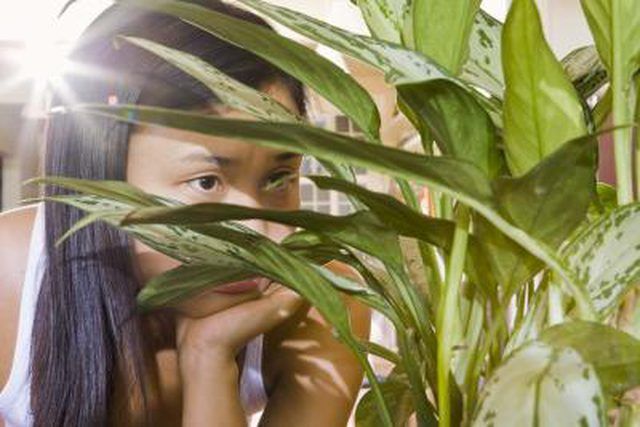Bulbs
Flower Basics
Flower Beds & Specialty Gardens
Flower Garden
Garden Furniture
Garden Gnomes
Garden Seeds
Garden Sheds
Garden Statues
Garden Tools & Supplies
Gardening Basics
Green & Organic
Groundcovers & Vines
Growing Annuals
Growing Basil
Growing Beans
Growing Berries
Growing Blueberries
Growing Cactus
Growing Corn
Growing Cotton
Growing Edibles
Growing Flowers
Growing Garlic
Growing Grapes
Growing Grass
Growing Herbs
Growing Jasmine
Growing Mint
Growing Mushrooms
Orchids
Growing Peanuts
Growing Perennials
Growing Plants
Growing Rosemary
Growing Roses
Growing Strawberries
Growing Sunflowers
Growing Thyme
Growing Tomatoes
Growing Tulips
Growing Vegetables
Herb Basics
Herb Garden
Indoor Growing
Landscaping Basics
Landscaping Patios
Landscaping Plants
Landscaping Shrubs
Landscaping Trees
Landscaping Walks & Pathways
Lawn Basics
Lawn Maintenance
Lawn Mowers
Lawn Ornaments
Lawn Planting
Lawn Tools
Outdoor Growing
Overall Landscape Planning
Pests, Weeds & Problems
Plant Basics
Rock Garden
Rose Garden
Shrubs
Soil
Specialty Gardens
Trees
Vegetable Garden
Yard Maintenance
What Color of Light Do Plants Absorb?
What Color of Light Do Plants Absorb?. White light contains various colors, including red, orange, yellow, green, blue, indigo and violet. When plants harvest light for photosynthesis, they only absorb a few colors and reflect the rest.

White light contains various colors, including red, orange, yellow, green, blue, indigo and violet. When plants harvest light for photosynthesis, they only absorb a few colors and reflect the rest.
Pigments
Plants have several types of pigments, which absorb different light colors. The main pigment in plants is known as chlorophyll. Other accessory pigments include carotenoids.
Colors
Chlorophyll mainly absorbs violet, blue and red light, reflecting lighter blue, green and yellow light. Carotenoids absorb much of the light blue and green light, reflecting lighter green, yellow, orange and red light.
Uses
For green plants that mainly use chlorophyll to absorb light, blue light helps leaves to grow, while red light together with blue light helps flowers to bloom. Fluorescent light produces plenty of blue light, making it good for starting seedlings and promoting leafy growth.